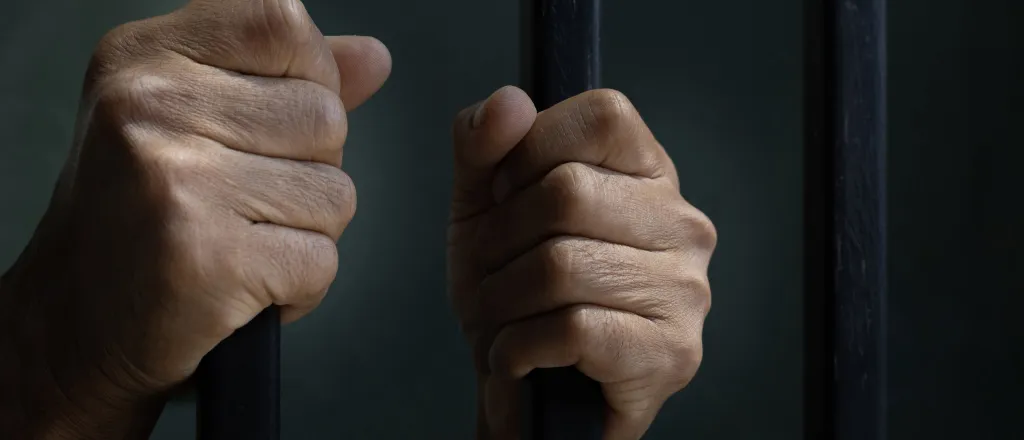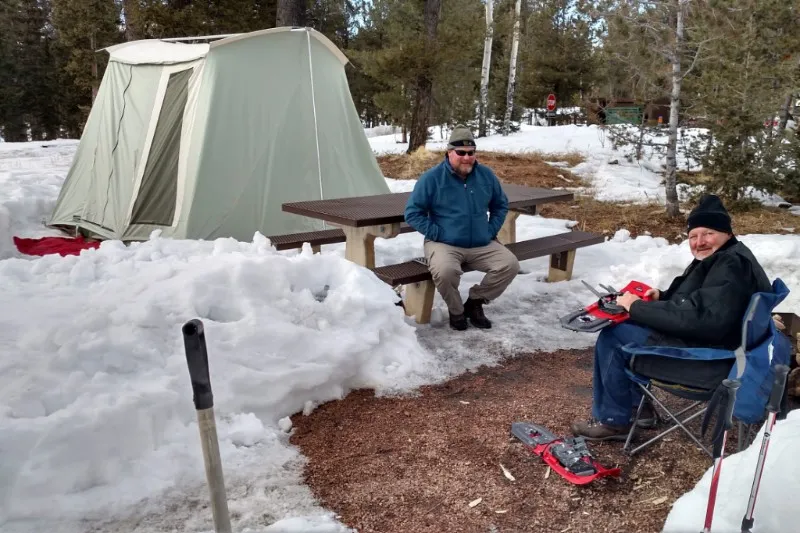
Colorado’s prisons are full. A 2018 law requires efforts to reduce their population.
© Akarawut Lohacharoenvanich - iStock-1436012592
Criminal justice reform advocates are pressing Colorado corrections officials for more details on their efforts to reduce the state’s prison population after the requirements of a 2018 law were triggered for the first time.
The vacancy rate in state prisons stood at 1.92 percent as of August 16, marking the 30th consecutive day the department maintained a vacancy rate below 3 percent, according to a Colorado Department of Corrections letter reviewed by Newsline. House Bill 18-1410, a bipartisan law passed unanimously by the General Assembly in 2018, requires that once that threshold is reached, the department must begin to take steps to reduce the incarcerated population in coordination with the state parole board and the Office of Community Corrections, which oversees halfway houses.

© Daniel Tamas Mehes - iStock-1992275198
The Office of Community Corrections is required to identify open beds that CDOC can use on a weekly basis until the vacancy rate rises above 4 percent for 30 consecutive days, according to CDOC spokesperson Alonda Gonzalez. The department must also provide a list of people who are incarcerated who meet a specific set of criteria that would make them eligible for parole to the state parole board.
“Beyond these statutory requirements, CDOC actively monitors facilities, adjusts bed assignments and staffing, facilitates transfers, and ensures safe and orderly operations statewide,” Gonzalez said in a statement.
The parole board isn’t required to release all of those people under the population management law — only to hold a hearing to review each of their cases.
Colorado’s prison population has been steadily on the rise since it drastically decreased during the COVID-19 pandemic, rising from a low of 15,434 in June 2021 to 17,945 at the end of July, according to CDOC data.
It’s been just over three weeks since CDOC reached the threshold requiring measures to reduce the prison population, but the department was unable to provide Newsline with updated information before publication. The Office of Community Corrections, which is part of the state Division of Criminal Justice within the Department of Public Safety, did not respond to a request for comment.
Sheriffs seek ‘urgent action’
Christie Donner, executive director of the Colorado Criminal Justice Reform Coalition, said the law outlines three groups of people CDOC must make lists of to send to the parole board to review eligibility, and she obtained two of those lists through an open records request.
The list of those who are close to their mandatory release date included 13 people, and the list of people who are considered low risk due to non-violent convictions included 92 people. She did not receive information on “conditional releases,” which refers to someone who needs to complete a task, such as a victim notification or a drug and alcohol class, before they can be released.
“We never really intended for this bill to be big releases,” Donner said of the 2018 law. “It was just, can we be efficient? Can we fully utilize community corrections?”
Donner also hasn’t been able to get confirmation of exactly how many community corrections beds are available from the state, but providers have told her there are “hundreds” available that could be better used by the department. Using those beds, to Donner, is the “biggest opportunity” to efficiently reduce the prison population.
The Colorado Legislature considered a bill this year that considered additional options for housing people who make parole and to slow prison population growth, but it failed after the state House never took it up for a floor vote.
People sentenced to state prison have been held in county jails longer than normal as a result of CDOC’s low bed capacity, which Donner said has been an intentional way the department has artificially inflated its vacancy rates to avoid hitting the 3 percent threshold.
In July, 17 Colorado sheriffs wrote a letter to Governor Jared Polis, a Democrat, seeking “urgent action” to address the backlog of people in county jail custody awaiting transfer to CDOC. The state reimburses sheriffs offices $77.16 per person per day awaiting transfer to prison, which the letter says leads to sheriffs absorbing a funding shortfall of more than $60 per day.
“County jails were never designed — or funded — to house state inmates for extended periods,” the letter said. “Yet we’re being forced to expand capacity and stretch already limited staff to accommodate inmates who should be in state custody. This isn’t just unsustainable — it’s unfair to local taxpayers.”
Donner emphasized that the 2018 law was bipartisan and passed the Colorado Legislature unanimously, “so this is not a controversial concept in terms of managing the population through efficiency — nobody is getting out ‘early.’” She said if jail backlogs were addressed sooner, some of the measures in the law could have been implemented sooner and more beds could have been opened.
















